Before we touch on all the ways barrel length matters, let us first make something crystal: The length of a firearm’s barrel is just one variable that determines its performance as a whole. Other factors such as the firearm’s weight, chamber dimensions, bore, quality, the ammo it is firing, and even humidity and air pressure all contribute significantly to things like muzzle velocity and accuracy.
To pin an aspect of a weapon’s performance solely to its barrel length would be like blaming WWII on the collapse of the Roman Empire. It contributed, sure, but there were a few other factors at play.
Barrel Length vs. Velocity

As a general rule, a longer barrel equates to a higher muzzle velocity. This may seem counterintuitive if you thought that making increased contact with the barrel would slow a bullet down as it generates more friction. In reality, a longer barrel gives more time for propellant gasses to transfer their energy to the bullet. More pressure builds up in a longer barrel until the bullet clears its muzzle, giving that bullet greater velocity in the process.
Barrel length is important to take into account if you prefer a short-barreled weapon for personal protection, such as a snub nose revolver. Because its barrel gives very little time for propellant gasses to accelerate a bullet, a snub nose revolver is going to deliver a lesser muzzle velocity – and energy – than a longer firearm.
Many hollow point bullets require a certain amount of energy in order to function correctly by expanding during penetration, and therefore may not work in a snub nose. For this reason many manufacturers make specialized self-defense ammo for compact handguns. Many shooters also prefer wadcutter bullets for their snub noses, which cut wide holes through their targets without any need for expansion.
We see the other end of this phenomenon in rifles: A lever-action chambered for 357 Magnum will deliver a significantly higher muzzle velocity than any handgun. Unfortunately, there is no formula available to calculate a round’s muzzle velocity based on the barrel length it will be fired through. The only way to arrive at that figure is actual measurement via shooting chronograph.
How To Measure Barrel Length
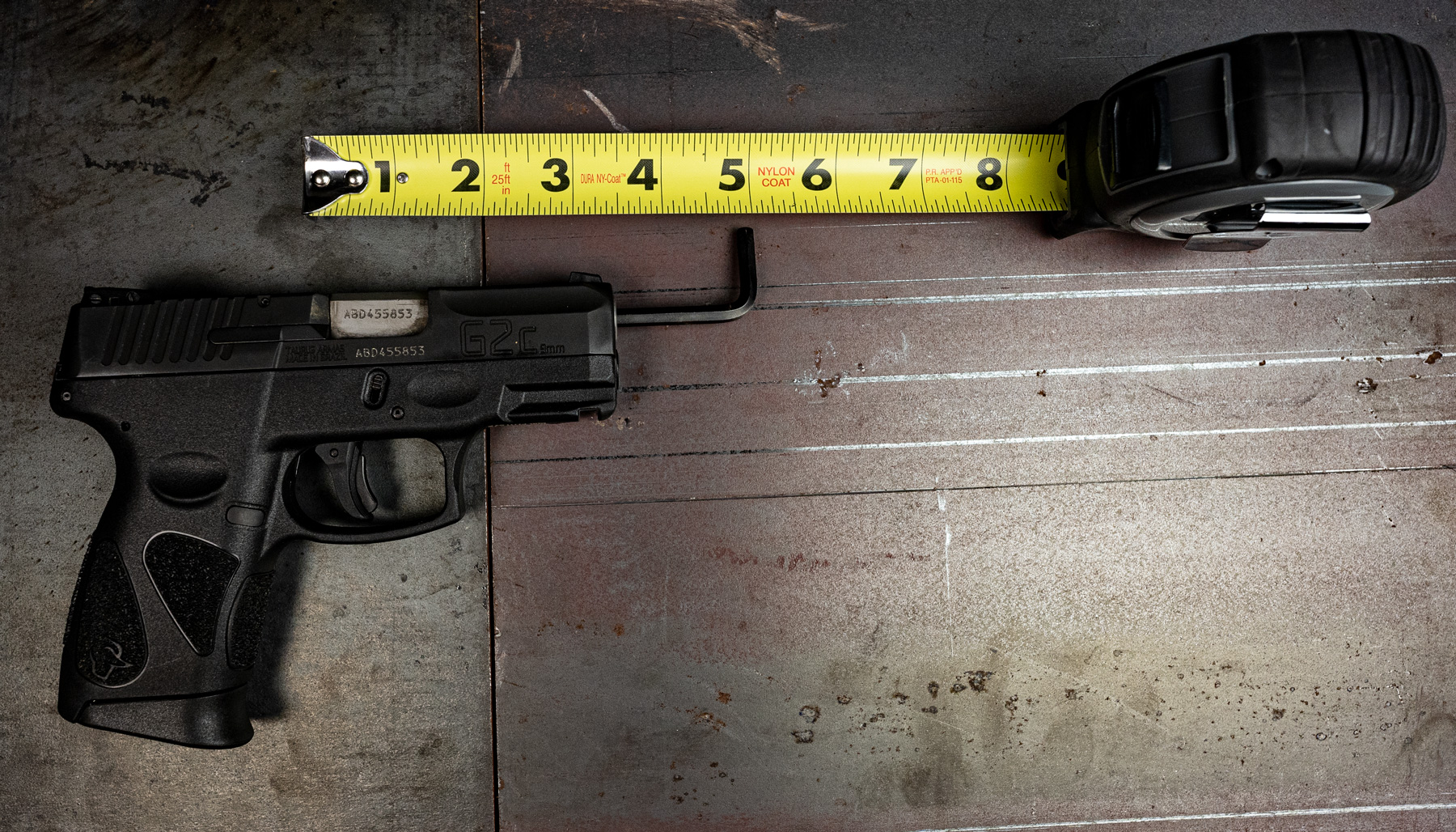
Measuring a barrel can be a big deal for gun owners. We’ll explain how it impacts your shooting in a little bit. More importantly, your barrel length can be the difference between the government classifying you as a legal gun owner or a criminal. Often, firearms must meet minimum barrel length requirements to fall into the ATF’s legal constraints.
How to Measure Barrel Length of a Pistol
To measure the length of a barrel on a pistol, page 5 of the ATF’s official procedure calls for you to measure from the muzzle to the breech face.
How to Measure Revolver Barrel Length
For revolvers, we measure barrel length by taking the distance from the muzzle to the face of the cylinder.
How You Measure A Rifle’s Barrel Length
For rifles, we measure barrel length from the breech face to the muzzle end of the barrel. To do that, you can use a dowel rod that you’ll slide down the barrel until it reaches the breech face. (Then, you’ll measure the dowel rod distance with a tape measure or yard stick.) Take care not to nick the rifling inside the barrel with your dowel rod. Any imperfections to that rifling could hurt your future accuracy.
Measuring the Barrel Length of a Shotgun
For shotguns, getting an accurate barrel length measurement is similar to what we do with rifles. You’ll want to slip a dowel rod down the barrel until it makes contact with the breech face. That distance is your barrel length.
Does Barrel Length Affect Accuracy?
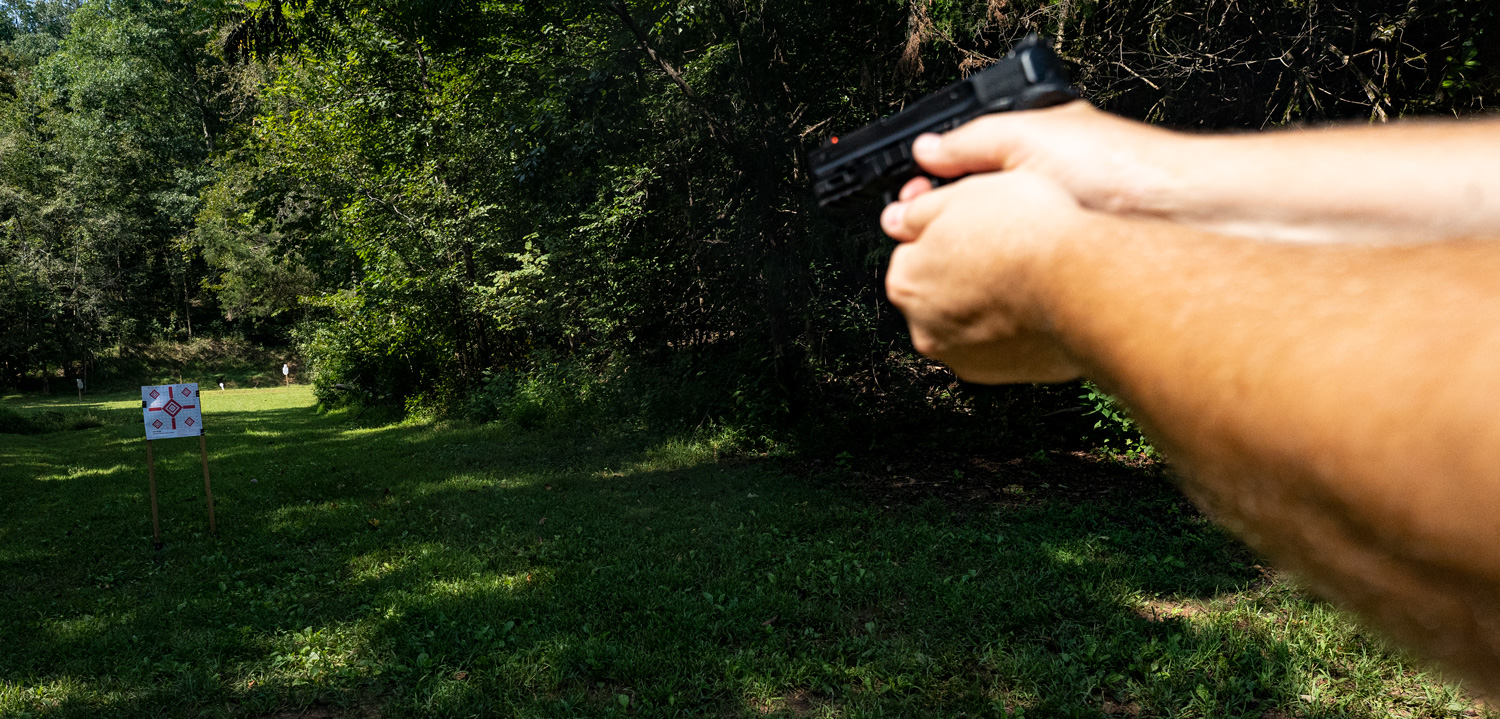
Barrel length absolutely plays a role in the accuracy of your firearm.
With the exception of smoothbore firearms including some muskets and shotguns, the interior of a barrel (aka bore) has something called “rifling.” Rifling is comprised of grooves and lands. These proceed down the bore in a swirling helical pattern. The function of the rifling is to rotate the bullet as it travels through the barrel, which stabilizes it to give it better accuracy.
The same principle is at work when you throw a football. You put a spin on the ball to give it rotational stability on its course to the wide receiver.
Not all rifling is the same. You will see it described in terms of “barrel twist,” where 1:8 means the barrel gives a bullet one complete rotation for every 8” it travels through it. A 24” barrel with a 1:8 twist would therefore rotate the bullet three times before it exits its muzzle.
There is a lot of science to barrel twist, and in general heavier bullets become more accurate when fired through barrels with faster twists. All the layman must know is that a longer barrel almost certainly gives a bullet greater rotational stability for better accuracy downrange.
Of course, with every rule comes an exception. A shorter rifle barrel may actually improve accuracy if it is more rigid than its longer counterpart. Unless you’re a sniper, however, you needn’t fret too much over this one.
Muzzle Flash
The propellant gasses produced by ignition are very hot – visibly so. A longer barrel gives more space for propellant to burn up before it exits the muzzle. This basically dims the amount of light the powder’s ignition is going to produce. A very short barrel is going to expel more burning propellant to produce brighter light in the process.
This is very important for self-defense. If you fire a weapon that produces a very bright muzzle flash, it may very well leave you blinded in the nighttime – just as if someone took your picture using a flash bulb. Naturally, you still want to be able to see after you fire in self-defense for many reasons, including being able to line up accurate follow-up shots. Many self-defense rounds boast reduced flash propellant to help mitigate this, but a longer barrel will help as well.
Heat Mitigation
The more times a weapon is fired in rapid succession, the hotter its barrel becomes. As the barrel heats it also expands, increasing its bore diameter as the result. As the bore widens its rifling becomes less effective at its job, which weakens accuracy. A longer barrel heats more slowly than a shorter one, thus preserving accuracy. This is more a concern for long-distance shooters who are very concerned with surgical degrees of accuracy – for the layman, not so much.
Recoil
One of the primary factors that determines recoil is the weight of the firearm. The heavier a weapon becomes, the less recoil it will generate when fired. This is why relatively weak cartridges like 22 LR and 25 ACP can get away with featherweight compacts. It is also why weapons chambered for big boys like 500 S&W Magnum and 50 BMG are necessarily very heavy.
As a firearm’s barrel becomes shorter, so too will it become lighter in weight. It’s not a huge difference, but if you were to fire a handgun with a 6” barrel and then cut it down to 1.875” you would likely notice it jerks a little more sharply. (Want to know more about handgun recoil? Check out this handy handgun recoil chart.)
Mobility
A weapon with a shorter barrel isn’t just easier to conceal. It is also easier to move around! If you’re concerned about your ability to whip around a corner real fast to take aim at a home intruder, you may certainly favor a shorter barrel for the task. It’s less likely to snag on walls. Plus, lining up its sights takes a little less time. So, it gives the intruder less purchase to potentially snatch the weapon out of your hands. A short-barrel shotgun makes a great home defense weapon largely for this reason. Just make sure you factor in the increased muzzle flash and recoil!
Does Barrel Length Matter?
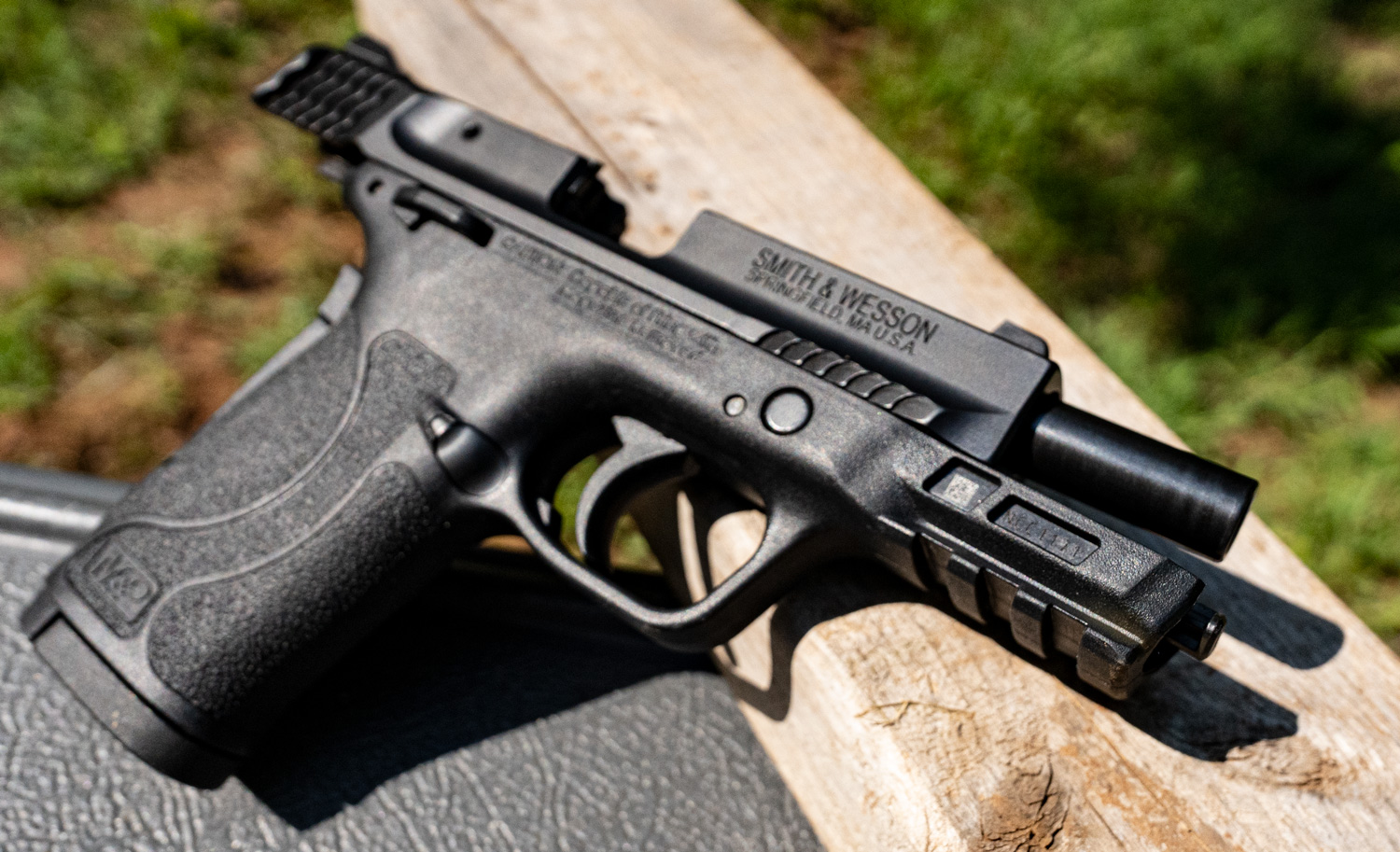
Through its impact on muzzle velocity, recoil, muzzle flash and other major parts of shooting it’s clear barrel length plays a big role in shooting. How do you know what barrel length is best for you? Like most things in the shooting world, it depends on what your specific needs are. We always recommend you take an hour or two to try firearms before you buy them whenever possible. Most ranges have rentals available. This will help you get a feel for what you’re potentially buying before you put that credit card down on the counter.

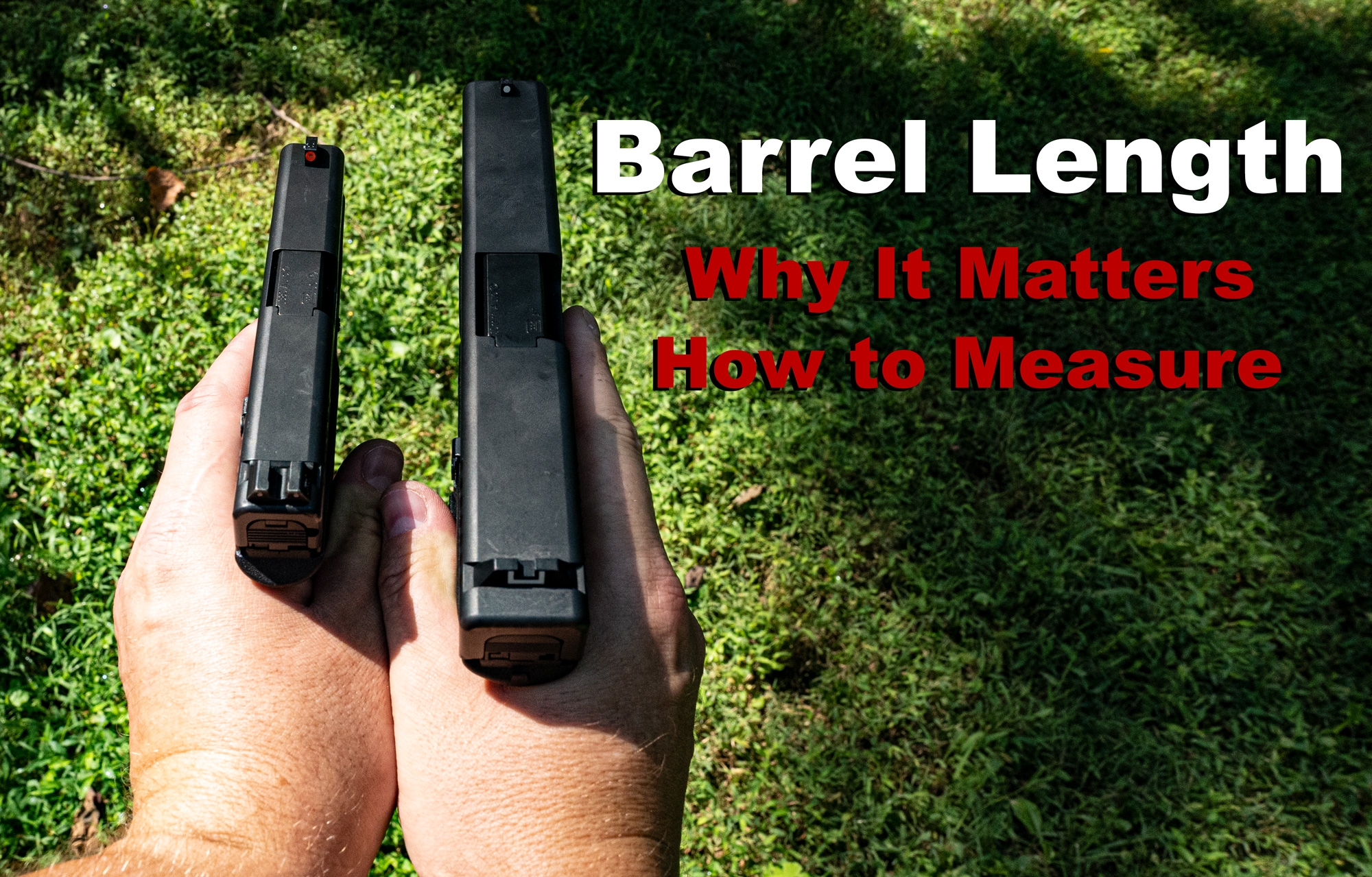
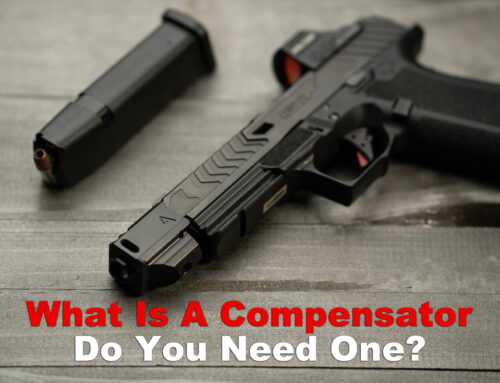
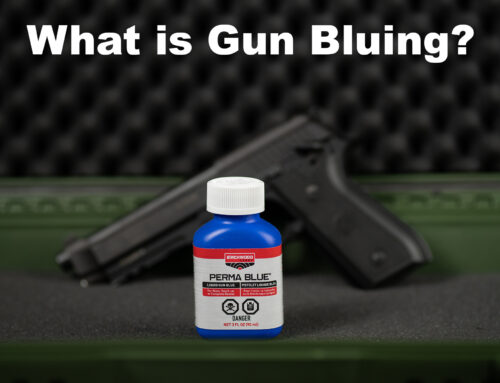
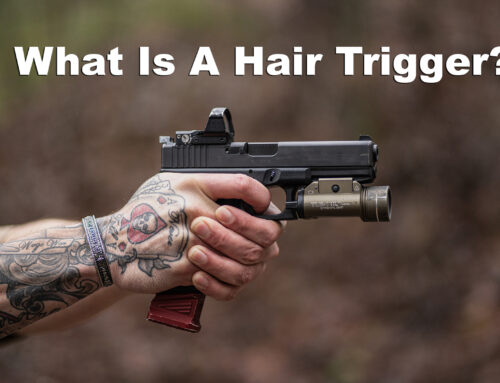
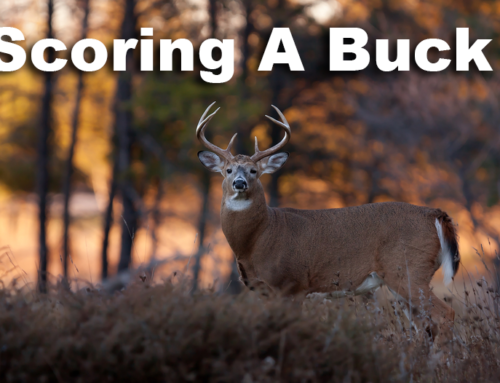
Leave A Comment